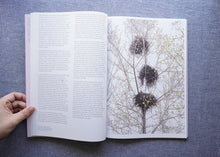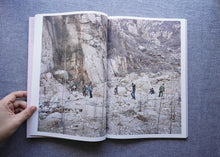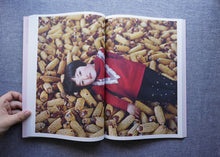
〈全編英語〉
For Watering My Horse, Xiaoxiao Xu (CN/NL) followed the lives of the people along the foot of the Great Wall of China, a road trip of 25,000 kilometers. Contrary to what many people think, the Chinese wall is not a single continuous construction, but rather a collection of walls and towers built during various Chinese dynasties. Xu follows the section of the wall from the Ming dynasty and takes us to the ruins of the older parts. Despite the decline, there is a lively relationship with the wall among the local population that honour and protect the wall.
Xu tried to discover the impact of fast-growing China on this historic site. What does the wall reflect today? Which elements have disappeared and which remnants have survived? She discovered that the villages at the foot of the Great Wall are some of the last places where people still live according to old traditions, but here too, these are gradually disappearing. Her work focuses on the visual transformation of this process. From place to place she tries to catch a glimpse of the past.
The book contains an essay by Maria-Caterina Bellinetti (US). She is a writer and art historian specialized in photography, Chinese visual culture and propaganda. In her essay she writes about the wall as a symbol and connections the work of Xiaoxiao to the history of the wall.
112 p, ills colour, 24 x 33 cm, pb, English
Publisher The Eriskay Connection
ISBN 9789492051486
2020













